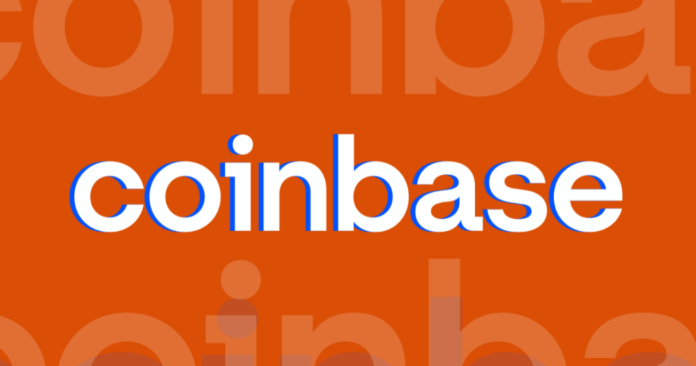
The post Coinbase To Delist Multiple Stablecoins Including USDT Over MiCA Compliance appeared first on Coinpedia Fintech News
In a latest development, Coinbase has announced plans to delist Tether (USDT) and five other stablecoins in Europe by December 13, citing compliance issues with the EU’s Markets in Crypto-Assets (MiCA) framework. The exchange noted that it will continue supporting MiCA-compliant assets like USD Coin (USDC) and EURC.
In a Wednesday announcement set to its users, Coinbase wrote that “due to the new European Markets in Crypto-Assets (MiCA) regulation, Coinbase will implement restrictions for stablecoin services that do not meet MiCA requirements.”
Which Are The Stablecoins Affected?
Other than USDT, retail customers on Coinbase Europe and Coinbase Germany will see the delisting of Paxos Standard Price (PAX), PayPal USD (PYUSD), and Gemini Dollar (GUSD). It’ll also impact GYEN and Maker Protocol’s DAI.
Coinbase pointed out that USD Coin (USDC) and EUR Coin (EURC) are MiCA-compliant and will continue to be supported. For now, the platform suggests that its users sell or convert assets not compliant with the new regulatory requirements before the restriction date or transfer those tokens out of the exchange.
MiCA’s first phase, which was implemented in June 2024, mandates stricter guidelines for stablecoins, with full compliance required by December 30. Coinbase encouraged users to convert restricted coins into approved ones and stated it will reassess delisted assets once they comply.
Although MiCA regulators haven’t officially called USDT noncompliant, Coinbase’s actions reflect its effort to align with European regulatory standards.
Tether Expresses Criticism
Tether criticized the rushed implementation and confirmed its commitment to creating MiCA-compliant solutions for the region. This regulatory change is a key moment for European crypto markets as exchanges adapt to stricter rules.
Notably, USDC issuer Circle secured a MiCA-valid license this summer, which drew attention from exchanges looking for a major stablecoin suitable for EU markets. Earlier this week, Binance partnered with US-based stablecoin issuer Circle to accelerate the adoption of the USDC stablecoin.
On the other hand, a September report by Consumers’ Research criticized Tether’s USDT for lacking transparency about its dollar reserves, warning it could be risky for consumers. However, Tether defended itself with attestations and security measures but did not provide a full audit from a reputable firm.



